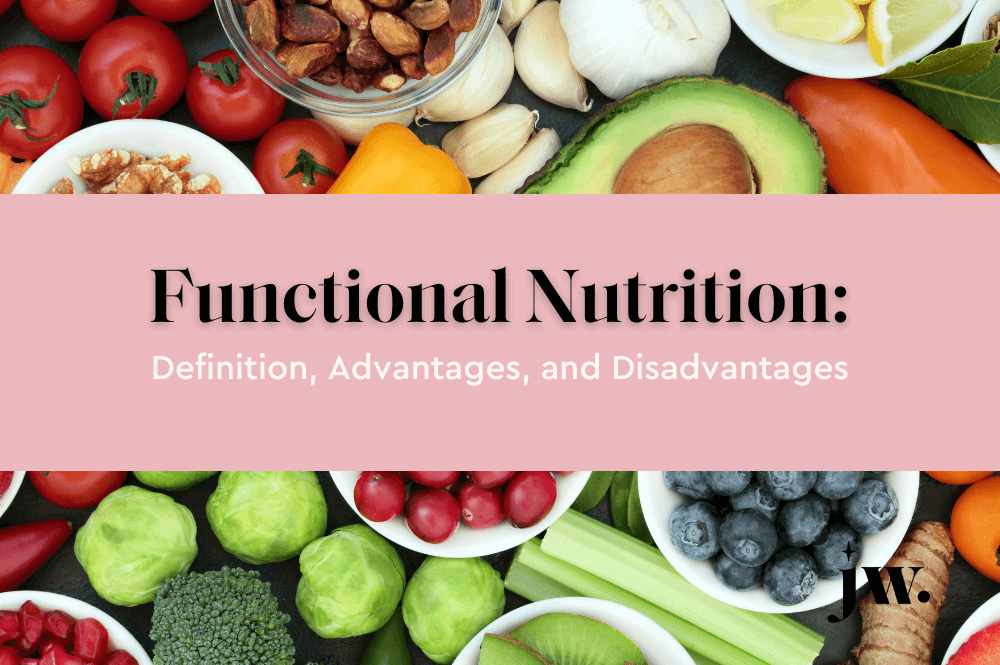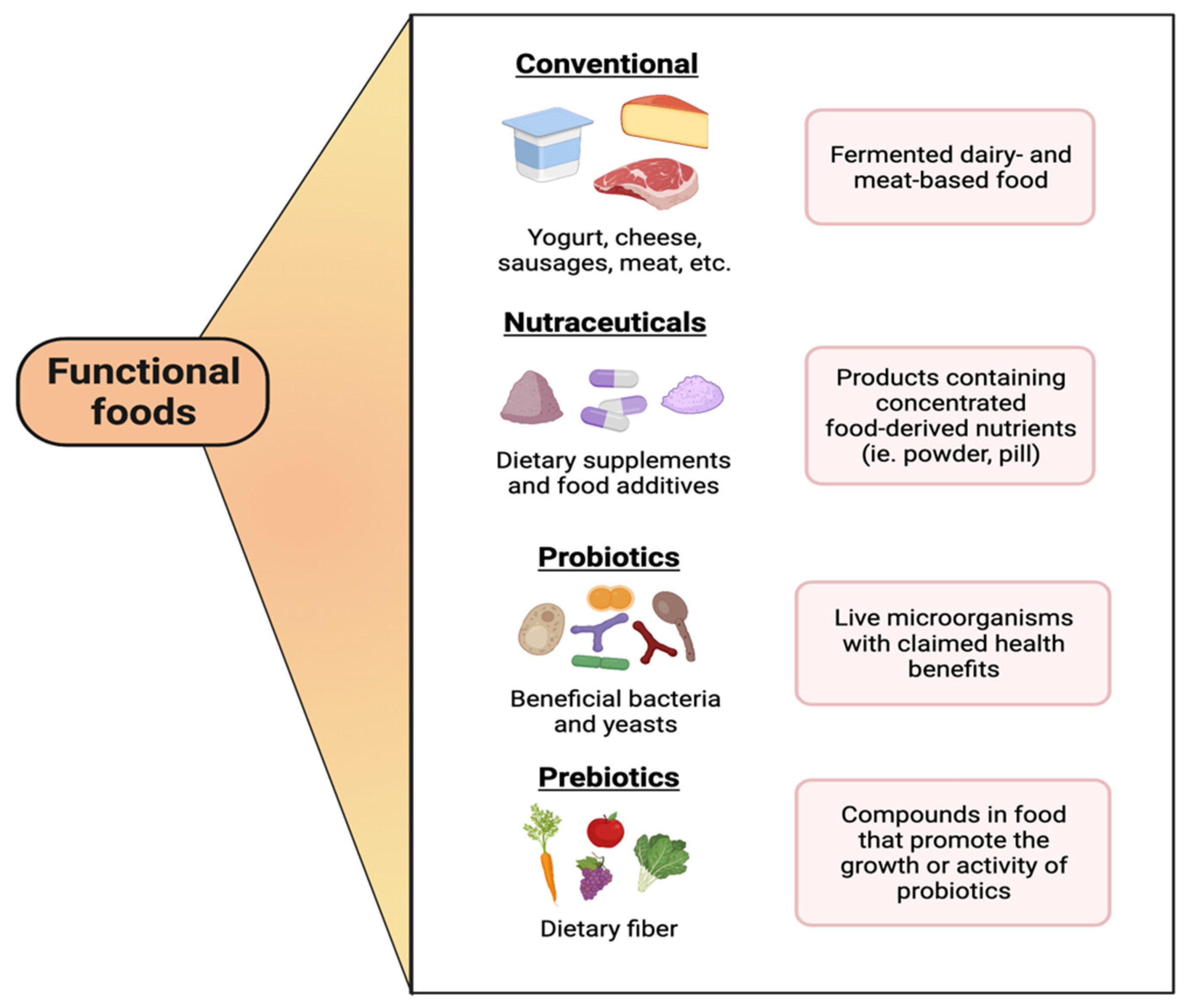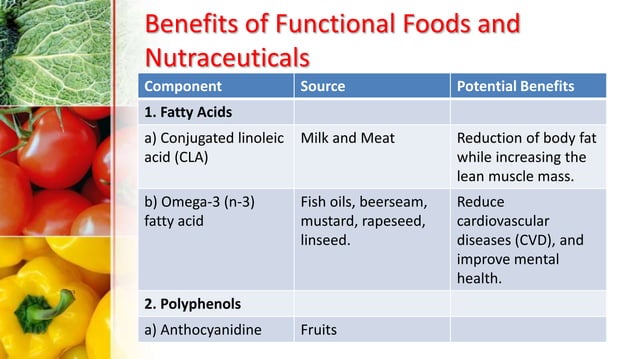What Is Meant By The Term Functional Ingredient

In an era defined by heightened health consciousness, the quest for optimal well-being has extended far beyond traditional notions of diet and exercise. Consumers are increasingly scrutinizing the very building blocks of their food, beverages, and even cosmetic products, seeking ingredients that offer tangible benefits beyond basic nutrition. This surge in demand has propelled the concept of functional ingredients to the forefront of industry innovation and consumer awareness.
At its core, a functional ingredient is any substance added to a product that imparts a health benefit beyond its basic nutritional value. This benefit can range from promoting heart health to boosting the immune system or improving cognitive function. As the food, beverage, and cosmetic industries continue to evolve, understanding what constitutes a functional ingredient is critical for both manufacturers and consumers seeking to make informed choices.
Defining Functional Ingredients: A Multifaceted Approach
The definition of a functional ingredient, while seemingly straightforward, is surprisingly complex. There isn't a single, universally agreed-upon definition, leading to nuances in interpretation across different regions and regulatory bodies. However, the core principle remains consistent: the ingredient must demonstrate a positive impact on health beyond basic nutritional requirements.
According to the International Food Information Council (IFIC), functional ingredients are often defined as substances that offer specific health benefits, such as reducing the risk of disease or improving physical or mental performance. This definition emphasizes the proactive nature of functional ingredients, moving beyond simply addressing nutritional deficiencies to actively promoting well-being.
Regulatory bodies like the European Food Safety Authority (EFSA) take a more stringent approach, requiring scientific evidence to support any health claims associated with a functional ingredient. This evidence typically comes from clinical trials and studies demonstrating a clear cause-and-effect relationship between the ingredient and the claimed health benefit.
Categories of Functional Ingredients: A Diverse Landscape
The world of functional ingredients is remarkably diverse, encompassing a wide range of substances derived from both natural and synthetic sources. These ingredients can be broadly categorized based on their origin and primary health benefits.
Probiotics and Prebiotics: Gut Health Powerhouses
Probiotics, often referred to as "good" bacteria, are live microorganisms that confer health benefits when consumed in adequate amounts. They are commonly found in fermented foods like yogurt and sauerkraut and are known to support gut health, improve digestion, and boost the immune system.
Prebiotics, on the other hand, are non-digestible fibers that serve as food for probiotics, promoting their growth and activity in the gut. Common prebiotics include inulin and fructooligosaccharides (FOS), often added to foods and supplements to enhance gut health.
Antioxidants: Fighting Free Radicals
Antioxidants are substances that protect cells from damage caused by free radicals, unstable molecules that can contribute to aging and disease. Vitamins C and E, as well as various plant-based compounds like flavonoids and carotenoids, are well-known antioxidants.
These ingredients are commonly added to foods, beverages, and skincare products to combat oxidative stress and promote overall health.
Omega-3 Fatty Acids: Heart and Brain Health
Omega-3 fatty acids, particularly EPA and DHA, are essential fats that play a crucial role in heart health, brain function, and reducing inflammation. They are found in fatty fish like salmon and mackerel, as well as in plant-based sources like flaxseeds and walnuts.
Omega-3s are often added to fortified foods and supplements to address dietary deficiencies and promote cardiovascular and cognitive health.
Dietary Fiber: Digestive Wellness
Dietary fiber, found in fruits, vegetables, and whole grains, is a non-digestible carbohydrate that promotes digestive health, helps regulate blood sugar levels, and contributes to feelings of fullness. Different types of fiber, such as soluble and insoluble fiber, offer varying health benefits.
Fiber is frequently added to processed foods to increase their nutritional value and promote satiety.
Challenges and Controversies: Navigating the Landscape
Despite the growing popularity of functional ingredients, several challenges and controversies surround their use. One major concern is the lack of consistent regulation and standardization across different countries, leading to potential inconsistencies in product quality and labeling.
Another challenge is the potential for misleading or unsubstantiated health claims. Some manufacturers may exaggerate the benefits of their products without sufficient scientific evidence, leading to consumer confusion and distrust. The Federal Trade Commission (FTC) actively monitors and regulates health claims to protect consumers from deceptive marketing practices.
Furthermore, the bioavailability of certain functional ingredients can be a concern. Even if an ingredient is present in a product, the body may not be able to absorb and utilize it effectively. Factors such as the form of the ingredient, the presence of other nutrients, and individual variations in metabolism can affect bioavailability.
The Future of Functional Ingredients: Innovation and Growth
The market for functional ingredients is expected to continue its robust growth in the coming years, driven by increasing consumer demand for health-enhancing products. Innovation in this field is focused on several key areas.
Researchers are exploring novel sources of functional ingredients, such as marine algae and medicinal mushrooms, which offer unique health benefits. Advances in biotechnology are also enabling the development of more potent and bioavailable forms of existing ingredients.
Personalized nutrition is another emerging trend, with companies developing products tailored to individual genetic profiles and health needs. This approach may involve incorporating specific functional ingredients that address individual deficiencies or promote optimal health based on a person's unique biological makeup.
In conclusion, functional ingredients represent a significant shift in how we approach food, beverages, and personal care products. As scientific understanding of these ingredients deepens and regulations become more refined, they are poised to play an increasingly important role in promoting health and well-being for individuals worldwide.


















